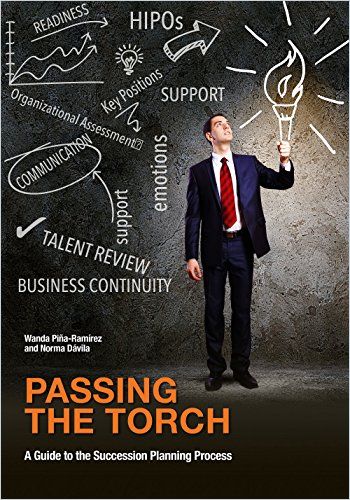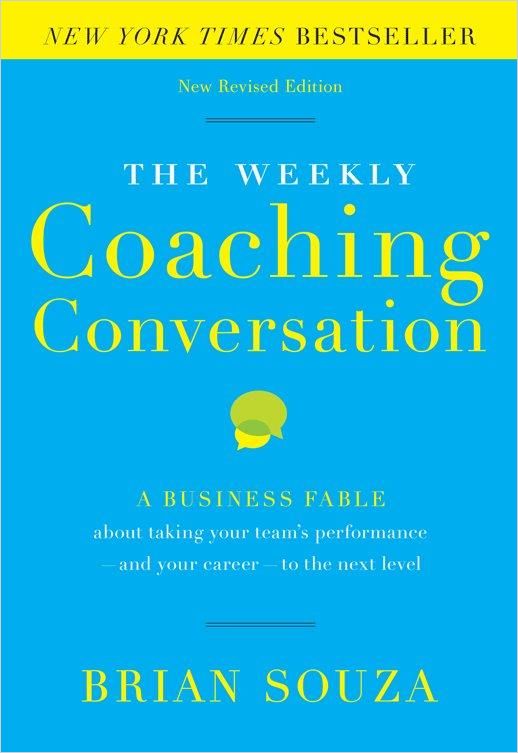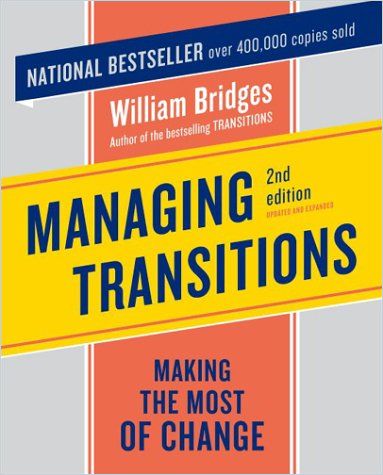How to Incorporate Your Successor…

At some point in every career, there comes a day when you have to pass on what you have learned to the person or persons who will do the job after you. If you follow a few simple rules, you’ll be doing the company, your successor and yourself a favor.
1. Succession Planning
Without a formal succession plan, the leaders of any organization of more than a few hundred employees can’t keep track of everyone critical to running the business, much less when they might leave and what it would take to replace them. You will find everything you need to execute an effective succession plan – templates, charts, worksheets and guides to best practices – in the following abstracts:
If you have a vote about your successor, look for these qualities:
- “Independence” – Your successor should have self-assurance. He or she can acquire confidence by leading projects in the company or by working elsewhere.
- “Competence” – Candidates gain capabilities by experiencing all areas of the company, from top to bottom.
- Interpersonal skills – Leaders must communicate well and understand other people on an emotional level.
- A lack of entitlement – Individual successors should expect to succeed based on their merits and work as part of the team.
2. Succession Training Planning
When it comes to training your successor, remember that you are no longer alone in this position, and that talking through what you did (and how you did it) is valuable information, but not necessarily the way your successor will approach it. In the short time available (well, usually less than those certainly needed six months), develop a good relationship with your successor, establish trust and provide more information rather than less.
You should introduce, not determine.
Goals
Develop goals for each week and month of your succession training. Your successor should, for example:
- Attend frequent one-on-one meetings (lasting at least 60 minutes) with you.
- Refine his or her understanding of your industry by attending conferences, talking to your customers and peers.
- Visit the relevant departments of your company.
Make sure to integrate him or her into your meetings and running projects, and give him or her more and more responsibility at regular intervals.
Coaching
- Polish your successor’s skills by pairing him or her with mentors who can impart insider tricks and instincts. The most effective mentors are people in your industry, but consider involving stakeholders from inside and outside your company. Mentors should have time to dedicate to their protégés.
- Take time to familiarize your successor with the company’s standards (structures, policies, best practices, pitfalls, key colleagues, etc.) and give him or her enough time to ask questions. He or she will likely have plenty of these – so always try to have an open ear.
- Give your successor a list of people he or she can contact if you don’t have time to answer questions yourself.
- Keep an eye on any soft skills that the successor may still be lacking and that are important for the job in question. Tell stories about how you yourself had to learn to improve these soft skills – usually, these anecdotes are highly useful and make follow-up questions superfluous.
- If your company works with a talent development model – and talent developers assigned to individual succession steps – make use of their expertise. Let them monitor and adjust successor development plans as changes and challenges arise. If you’re running a family business, find more special advice here.
3. A Word on Communication
In the interest of your successor, refrain from overloading him or her and causing confusion – remain factual, positive, goal-oriented and friendly. Don’t hesitate to communicate potential challenges, but don’t exaggerate.
You may be done with it, but he or she is just getting started.
Once things are over, you can always give your colleague your phone number; and later, over a drink, offer tips on how to deal with negative aspects of his or her new (and your old) job.



















